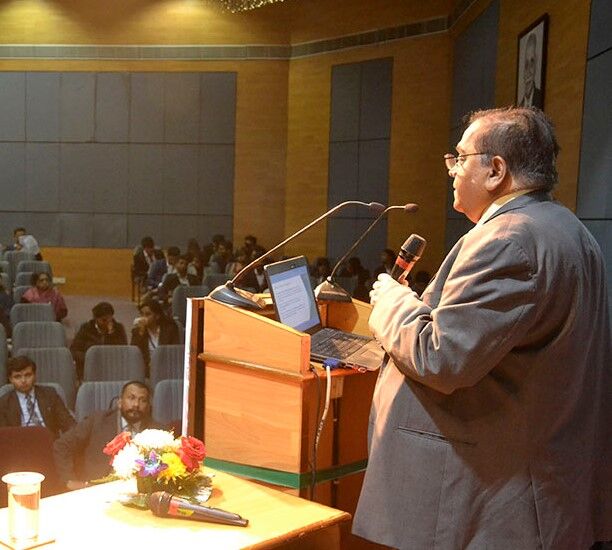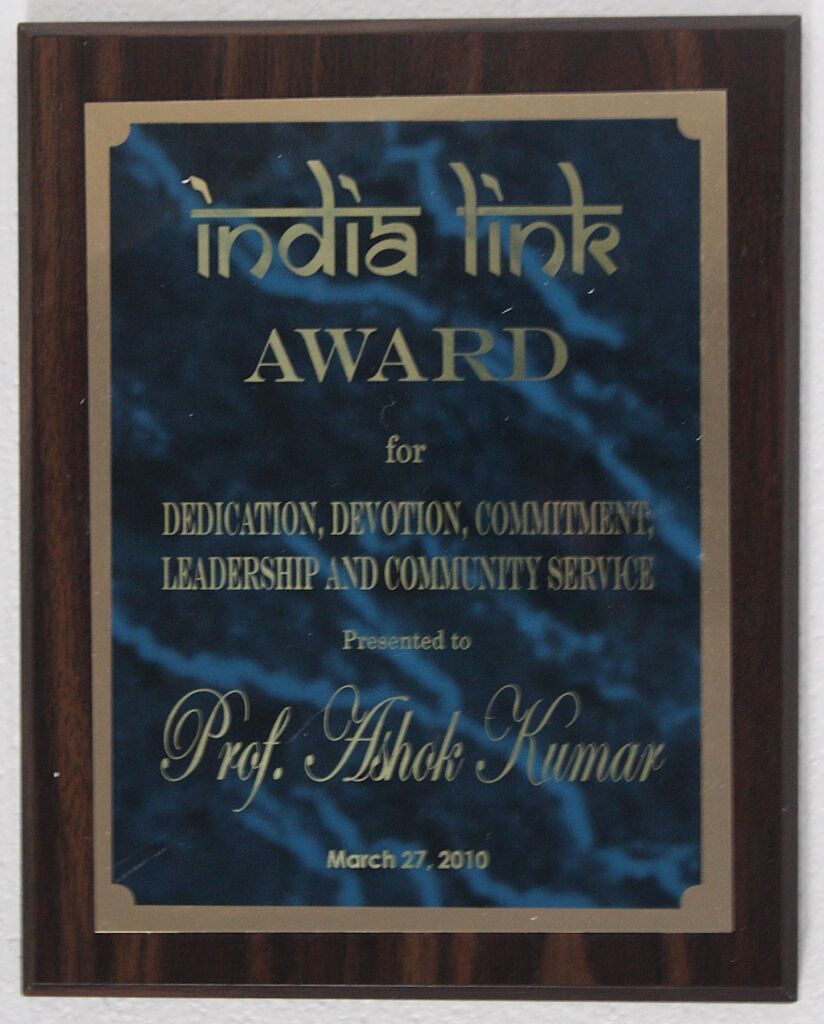Friends, the trajectory of the current emissions of GHG gases is headed for an unacceptable rise of 2.7o C. by the end of this century. The remedial and preventive measures simply cannot wait any longer. So, pull up your socks, tighten your belts and get ready for some effective remedial action.
Let me now furnish some insights about the Foundation’s strategies and approaches that distinguish us from others. We are fully aware that there are millions of entities and individuals who are engaged sincerely and passionately in developing solutions to the environmental problems, daunting as they are. What differentiates us is the following:
But, first, let me emphasize that we are not a business, nor do we exist to support businesses. We are the entity that has the distinctive competency to bring about a pro-environment, pro-socially responsible changes while synergistically increasing profits for business through several non-traditional, innovative strategic formulations. Indeed, we exist to support and promote United Nation’s seventeen Sustainability Development Goals that aim to impact clean energy discoveries and usage, climate resiliency, economic growth, hunger, poverty, health, education, equality, peace, and justice.
We believe that the role of business can be and should be changed from a huge polluter and emitter to that of huge savior of environment. For this we need to retrain and reshape the executive mindset. My interactions with business executives in India largely revealed that they worry about profit erosion if they modified their policies and strategies to produce environmentally better products or reduce emissions in their operations. By deploying the Triple Bottom Line (people, planet, and profit) paradigm of business performance, we can make pro-environment and pro-people products and services synergistic with profits. We have significant expertise in developing such strategies and implementing them with substantial profit increase. In many cases, reputational dividends convert into sizeable customer loyalty retention.
- Many business strategies are designed to earn greater profits by providing high degree of customization (or differentiation, a much more inclusive term) of products. Unfortunately, higher customization comes with disproportionately higher prices that customers can ill-afford. However, our expertise in designing strategies that fall under the umbrella of Mass Customization would be very effective in providing very high levels of product/service customization while maintain prices associated with mass production levels.
- Finally, for all projects and products we consciously deliberate the mix of customer priorities to be built into the products or projects that would maximize customer satisfaction. For this we consider: environmental performance, quality, speed of delivery, customization levels and of course, price. This strategic modeling revolves around two factors: product/service differentiation and price. We try to maximize the product differentiation at the expense of least resources, using superior environmental performance and quality as the binding constraints.
I would like to add that not all these strategies are in place at this point of time. After all, we are a two-year young toddler. These, however, provide a glimpse in how we are equipped with unique strategies that will change the competitive landscape of businesses as we evolve and help the cause of environment in unprecedented fashion.
This has been a rather lengthy message, I would now fold it quickly by merely mentioning the significant futuristic projects that the Foundation envisages to get involved in near future: E-Waste mitigation and management and Renewable/Clean Energies. We also intend to launch Professional Development Programs at executive level. I hardly need to emphasize how enormously important each one of these is.
Finally, as I mentioned in the introductory para, I believe that everyone, literally every one, is capable of impacting (improving or damaging) the environment. If you believe you have unique ideas that can help develop enduring solutions to an environmental problem, I invite you to share it with us. My email and phone as well as the Foundation’s CEO’s email and hone are available on this website. I would encourage you and invite you to share your ideas and let us see how far we will go with it!
Thanks infinitely for reading this message,
Most Sincerely
Ashok Kumar



